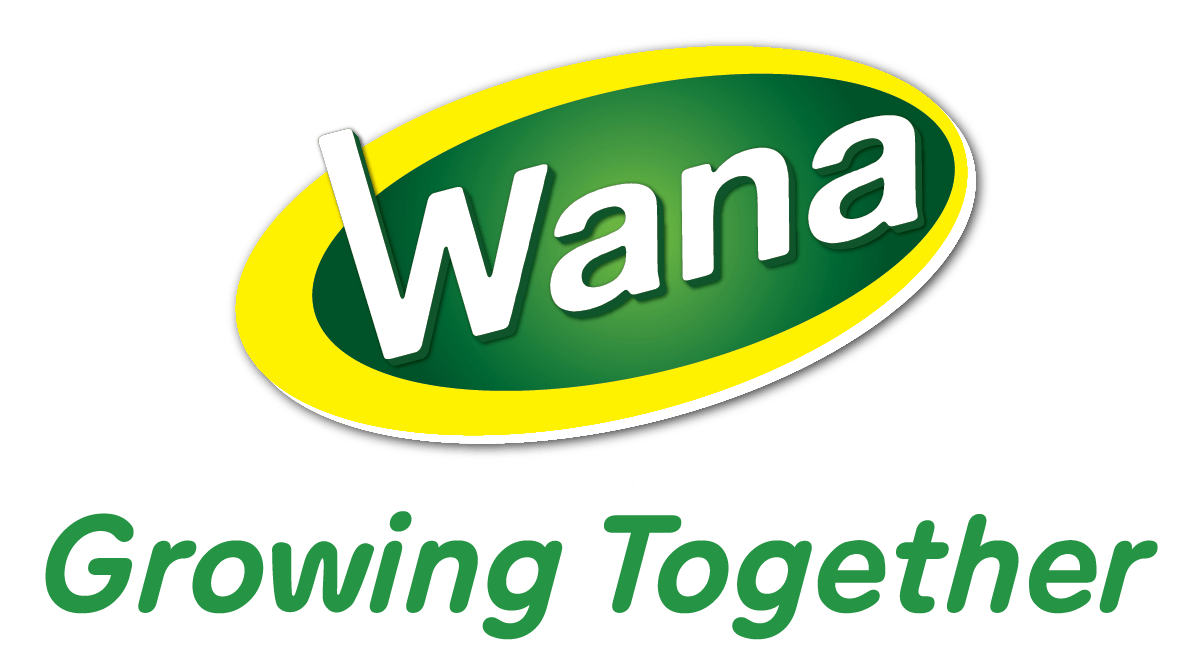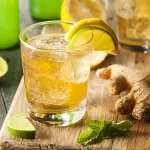In recent years, the beverage industry has witnessed a significant shift in consumer preferences, with one particular category gaining immense popularity – hard seltzers. These bubbly, low-calorie beverages have carved out a niche in the market, attracting a diverse consumer base. However, the question on everyone’s mind is whether hard seltzer manufacturers can sustain this impressive growth in the future. We think the answer is YES but not much.
Read more: Tea Manufacturing Company: Benefits of Sparkling Green Tea
What is Hard Seltzer?
Hard seltzer, also referred to as spiked seltzer or hard sparkling alcohol water, is an alcoholic beverage with carbonated water and often contains fruit flavoring. Typically, it is clear and colorless, with an alcohol content of 4–6% alcohol by volume (ABV).
However, nowadays, many hard seltzer manufacturers meet diverse customer demands, so hard seltzer is often combined with various fruit juices such as berries, pineapple, orange, lime ginger, watermelon, etc.
Highlights of Hard Seltzer Markets
The global Hard Seltzer manufacturers market is currently positioned as a lucrative sector, showcasing remarkable growth projections and a trajectory that points towards increased market penetration. Here are some key highlights that shed light on the promising future of the Hard Seltzer industry:
Revenue Projections
The Hard Seltzer market worldwide is poised to achieve impressive financial milestones, with a projected revenue of US$37.7 billion in 2024. This underscores the increasing popularity and market demand for hard seltzer products on a global scale.
Volume Expansion
The volume of the Hard Seltzer market is expected to witness substantial growth, reaching a staggering 3.3 billion liters by 2028. This surge in volume signifies not only the expanding market size but also the widespread acceptance and consumption of hard seltzers across diverse consumer demographics.
Anticipated Volume Growth
In 2025, the market for Hard Seltzer is forecasted to exhibit a remarkable volume growth rate of 9.3%. This indicates a sustained and upward trajectory, highlighting the industry’s resilience and potential for continued expansion in the years to come.
Per Capita Consumption
The average volume per person in the Hard Seltzer market is projected to be 0.33 liters in 2024. This statistic provides insights into the individual consumer’s engagement with hard seltzer products, indicating a steady adoption rate and growing preference for this beverage.
Global Growth Dynamics
The global market for hard seltzer is experiencing a surge in popularity, with countries like the United States and Canada leading the way in both consumption and innovation. This underscores the widespread appeal of hard seltzers on an international scale, making it a prominent player in the beverage industry.
The Prediction of Revenue in the future
The global hard seltzer market has experienced a compelling evolution over the past decade, as reflected in the revenue data presented below, measured in billion USD (US$):
Exponential Growth Phase (2018-2022)
The initial years from 2018 to 2022 showcased an exponential growth phase, with revenue climbing from $3.5 billion to $25.6 billion. This substantial increase underscores the rising popularity of hard seltzers, driven by factors such as consumer demand for healthier alternatives and the beverage industry’s response to changing preferences.
Consolidation and Steady Growth (2023-2025)
In the years 2023 to 2025, the hard seltzer market experiences a phase of consolidation, with steady growth observed. Revenue reaches $42.2 billion by 2025, highlighting the market’s ability to sustain and build upon the gains made during the earlier rapid expansion.
Moderation in Growth (2026-2028)
The later years, from 2026 to 2028, witness a moderation in the growth rate. The market reaches $53.1 billion by 2028, indicating a more stabilized phase. This could be indicative of market maturity, increased competition, or a potential shift in consumer preferences.
The consistently positive growth suggests the hard seltzer market has successfully carved a niche for itself. However, as the market matures, challenges related to saturation and heightened competition may emerge, requiring manufacturers to focus on innovation and differentiation.
As the market continues to evolve, hard seltzer manufacturers and investors should remain attentive to emerging trends, regulatory changes, and shifts in consumer behavior. Strategic considerations such as product innovation, effective marketing, and sustainability initiatives will be crucial for maintaining and expanding market share.
While the data suggests a period of moderation in growth, the hard seltzer market remains dynamic, and future opportunities may arise with evolving consumer preferences. Continuous monitoring of market dynamics and a proactive approach to address emerging challenges will be key for sustained success.
Factors Affect Hard Seltzer Market
The Hard Seltzer market is experiencing significant growth worldwide, driven by changing consumer preferences and a shift towards healthier beverage options.
Customer preferences
Consumers are increasingly opting for low-calorie and low-sugar alternatives to traditional alcoholic beverages. Hard Seltzers, with their light and refreshing taste, fit this requirement perfectly. The market is attracting a wide range of consumers, including health-conscious individuals and a younger demographic. The convenience of ready-to-drink cans and the availability of a variety of flavors are also contributing to the growing popularity of Hard Seltzers.
Trends in the market
The United States has been at the forefront of the Hard Seltzer trend, with several established and emerging brands competing for market share. However, the trend is now spreading to other countries, including the United Kingdom, Canada, Australia, and several European nations. Each country has its own unique preferences when it comes to flavors and branding, leading to the development of localized Hard Seltzer offerings.
Local special circumstances
In addition to regional flavor preferences, local regulations and cultural factors also influence the development of the Hard Seltzer market. Tailoring marketing and branding to resonate with local demographics and cultural values is crucial. Approaching advertising, packaging, and promotions that align with local preferences impacts consumer perception.
Read more: Choosing the Best: A Review of Hard Seltzer Manufacturers
Underlying macroeconomic factors
The growth of the Hard Seltzer market is also influenced by macroeconomic factors. In countries with a strong economy and higher disposable incomes, consumers are more likely to spend on premium and innovative beverage options like Hard Seltzers.
Overall, the Hard Seltzer market is thriving worldwide due to the increasing demand for healthier and more convenient alcoholic beverages. As consumer preferences continue to evolve, the market is likely to witness further innovation and expansion, with new flavors and localized offerings catering to different regional tastes. The success of the market will also depend on how brands navigate local regulations and cultural considerations, while also considering the macroeconomic factors that shape consumer spending habits.






